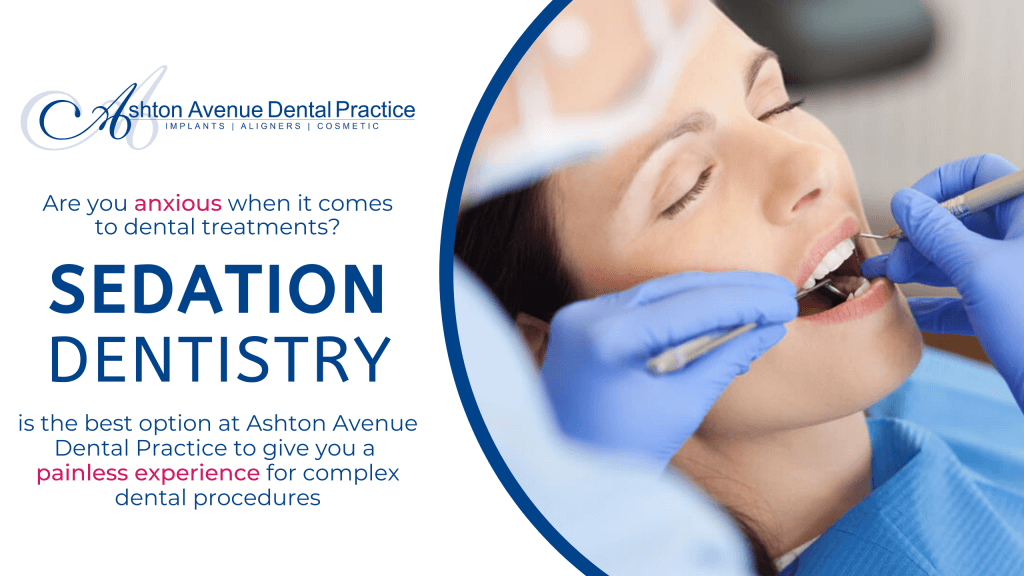Dental Anxiety
Do you have a fear of going to the dentist? Studies show that in Australia, as many as 1 in 6 adults and 1 in 10 children experience a high level of dental anxiety due to pain, vulnerability, and discomfort. It is suggested that we go to the dentist for a general check-up and clean every 6-12 months, and this type of fear leads to holding back visits. Delayed dental visits put a risk on dental health which can lead to problems such as tooth decay, gum disease and other serious dental issues that may require more intensive and expensive treatment in the future.
Fear of the dentist can result in an ongoing cycle of avoiding the dentist, and only making an appointment when an oral health problem has already occurred. These problems could have been prevented if general check-ups and cleans were scheduled in the recommended timeframe.
Why Sedation Dentistry?
Due to many patients experiencing dental anxiety, dentists offer sedation dentistry which is a development in technology allowing dentists to perform dental procedures painlessly with the use of sedative medication. The purpose of this is to assist the patient in de-stressing during dental procedures, encouraging them to visit the dentist more often and maintain good oral health.
The price of dental procedures depends greatly on the time it takes to complete the treatment, and sedation dentistry allows patients to have multiple long and complex dental procedures done in one appointment, saving time and money.
Although sedation dentistry is also referred to as sleep dentistry, patients are usually conscious during the procedure other than patients undergoing general anaesthesia. Sleep dentistry is also very helpful when the patient involuntarily moves their body such as children who are unable to keep themselves still for a long time. Patients will be relaxed during their procedures, which also helps the dentist as they know that the patient will not be moving or complaining. This allows the procedure to be completed as timely and effectively as possible.
Sedation dentistry can only be administered by a dentist endorsed by the Dental Board of Australia.
How is Sedation Administered?
There are various kinds of sedation methods that are dependent on the patient’s required procedure, pain tolerance and overall health condition. These methods are:
- Minimal sedation (relaxed but awake to answer and follow directions)
- Moderate sedation (awake but may not remember the procedure)
- Deep sedation (awake but only partly conscious)
- General anaesthesia (completely unconscious)
Sedation is achieved through several methods which include:
- Minimum sedation (inhaled)
- Oral sedation (pill or liquid)
- IV moderate sedation (injection)
- Deep sedation (injection, pill or inhaled)
It is required to discuss your medical history with the dentist prior to treatment to assess which is the most appropriate sedative method.
If visits to the dentist are being delayed because you have a fear of needles, methods that require inhaling, pill or liquid may be more suitable.
What procedures can sleep dentistry be administered for?
Sedation dentistry can be undergone during treatments such as teeth whitening, dental implants, bonding, porcelain veneers, crowns and bridges, wisdom teeth removal and even deep cleaning.
If you require further clarifications regarding sedation dentistry, call our Claremont dentist at (08) 6183 3800 and to book an appointment, click here.






